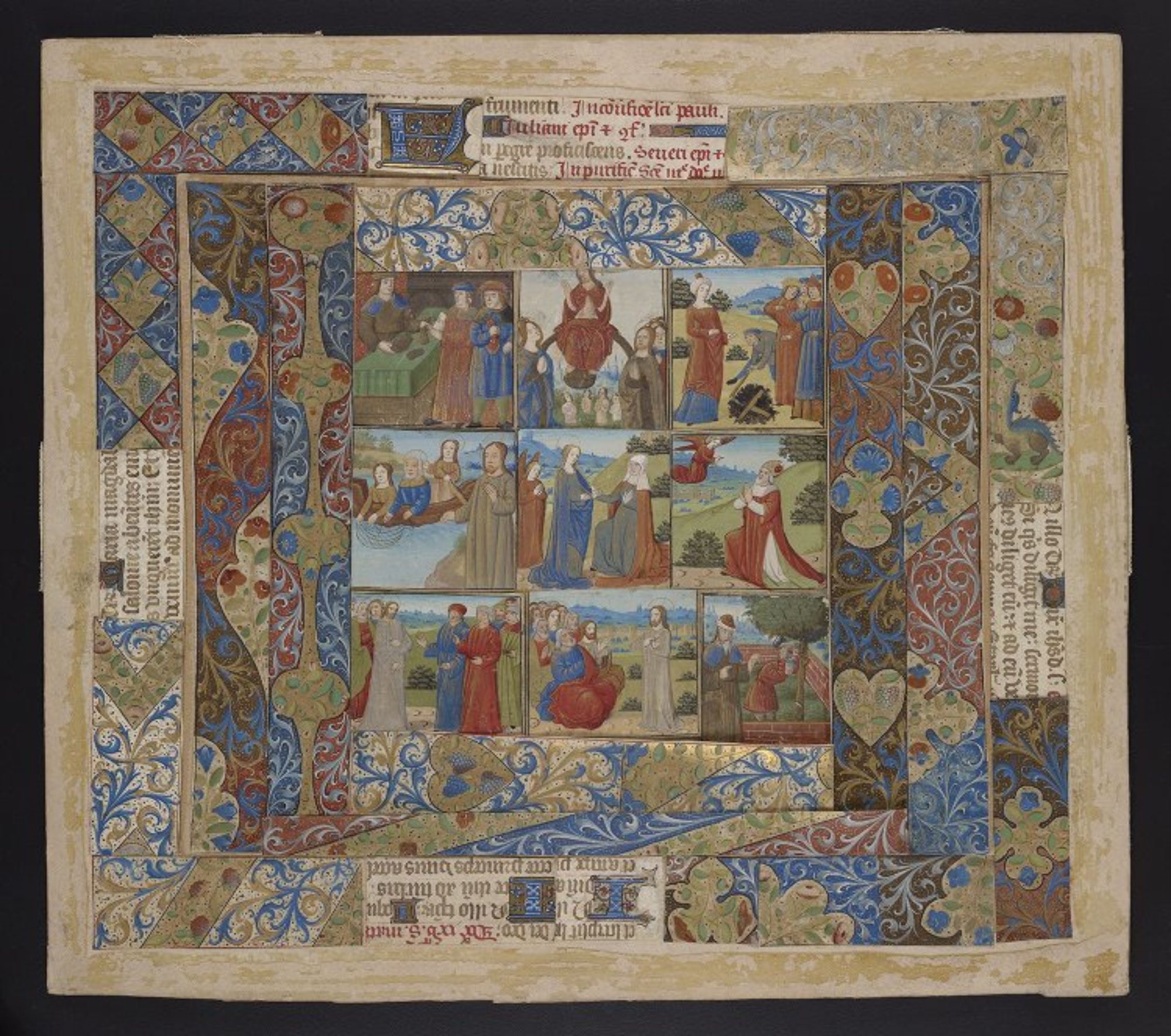Tumblr was borking so I am posting the show notes over here this week. Hopefully eventually I will be able to move this over to the IMFM Tumblr, but for now, welcome to my blog!
In Episode 15 of Inside My Favorite Manuscript, Dot chats with Jo Koster about women’s literacy in the later middle ages, focusing on women as writers and consumers of prayer. We focus on Bodleian Holkham Misc. 41, a prayerbook written by a woman for her religious community, but our conversation ranges into issues of manuscript digitization and the pressures of scholarship (and we have a brief visit with Lindsey, who wasn’t able to make it to the recording but lurks in the background).
Listen here, or wherever you find your podcasts.
Oxford University, Bodleian Library, Holkham Misc. 41 (no online record). Unless otherwise indicated, all images of this manuscript are digital copies of a black and white microfilm copy made in 1983.
Penn’s “Chaucer Poems manuscript” (does not actually contain Chaucer) is Ms. Codex 902
Penn’s Wycliffite Bible is Ms. Codex 201
The first leaf from Holkham Misc. 41, scan from a microfilm (L), with colors inverted in order to make the text more legible (R)
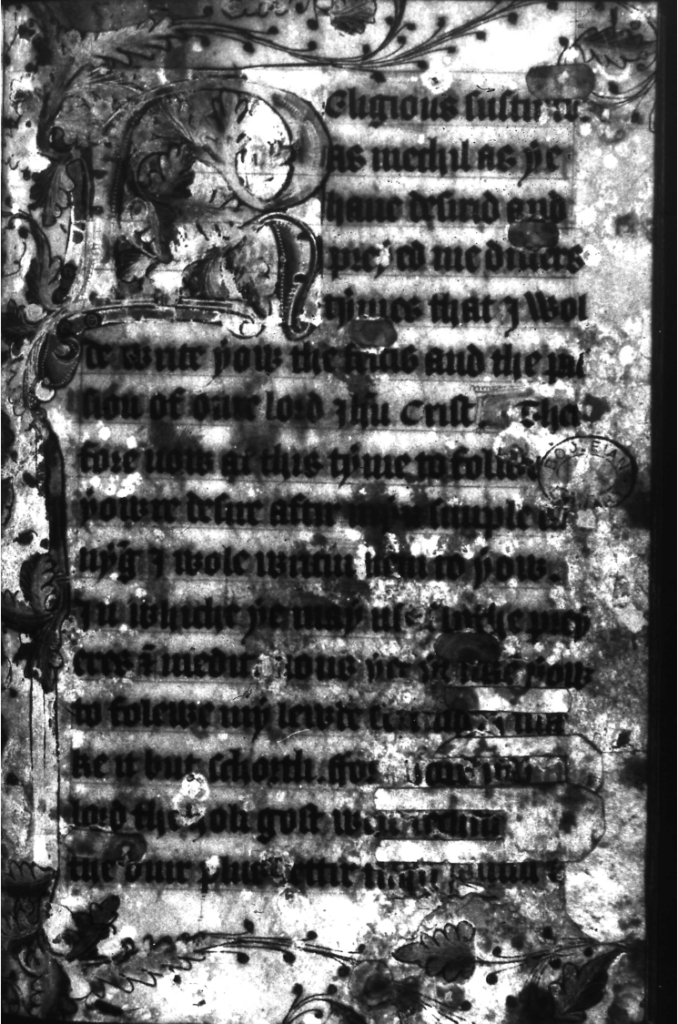
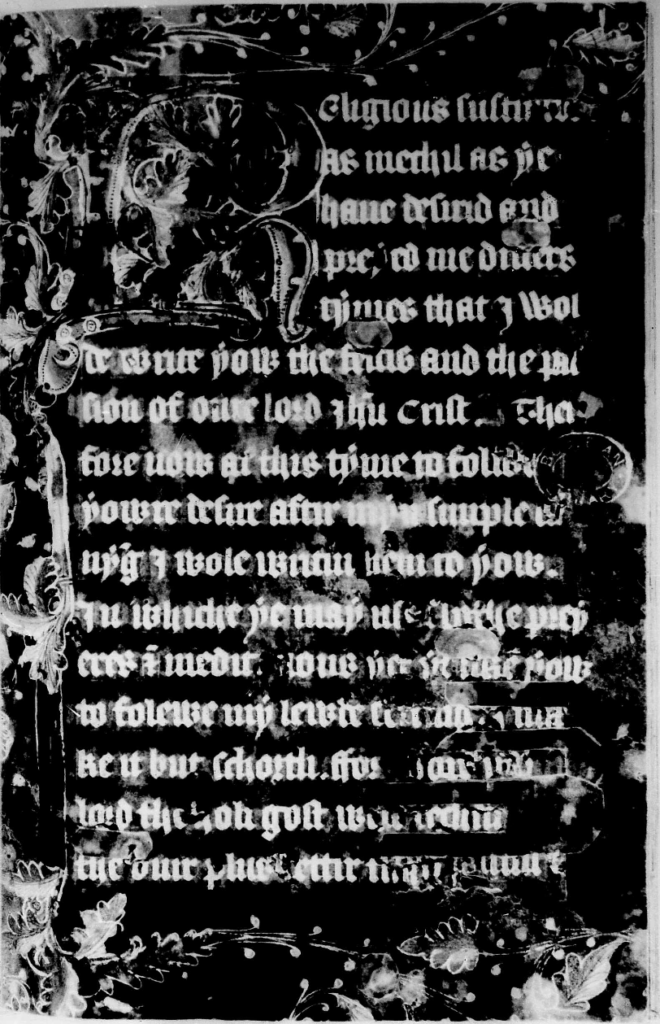
Two more leaves from Holkham Misc. 41 (it’s a little hard to tell in the microfilm, but the pages have been cropped, removing part of the decoration from the top and the bottom of the pages)
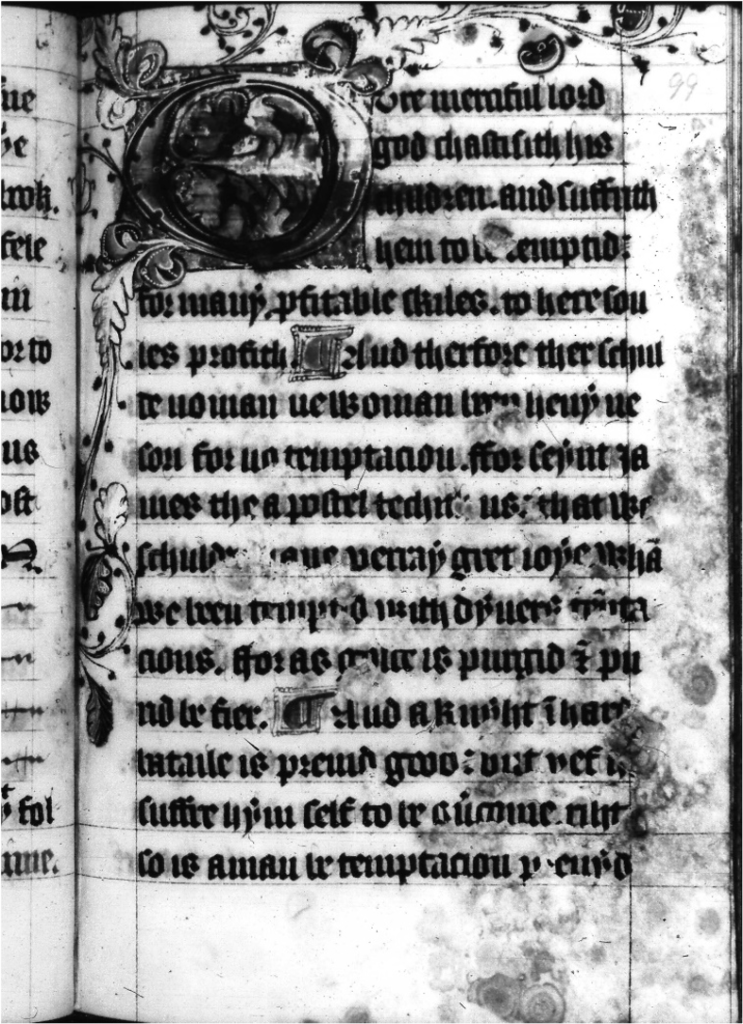
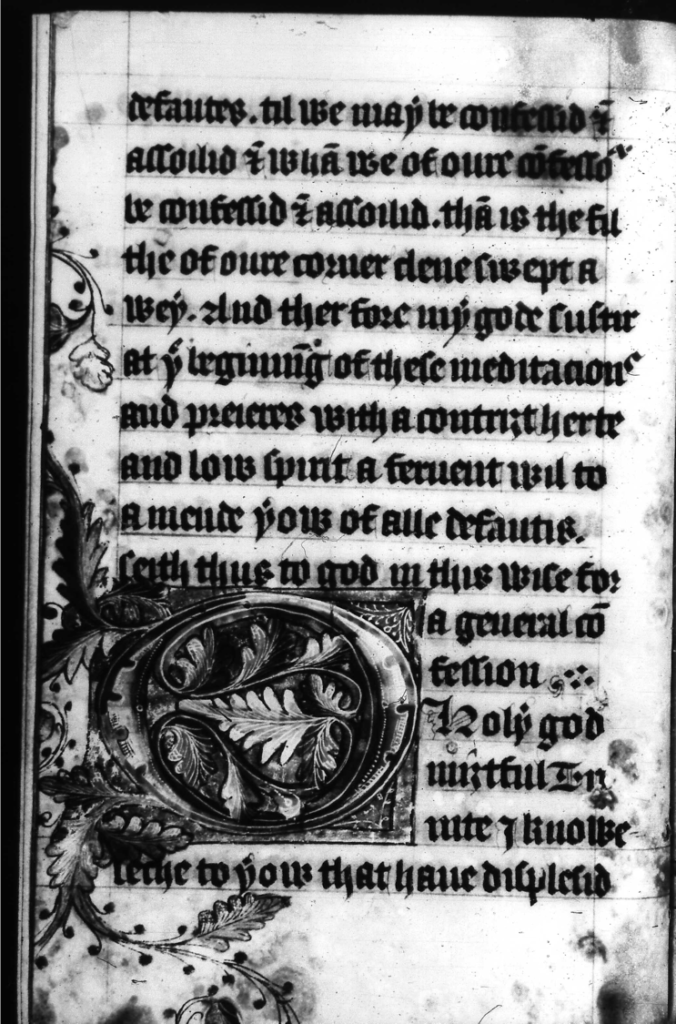
The dark areas in the following four photos are due to mildew damage.
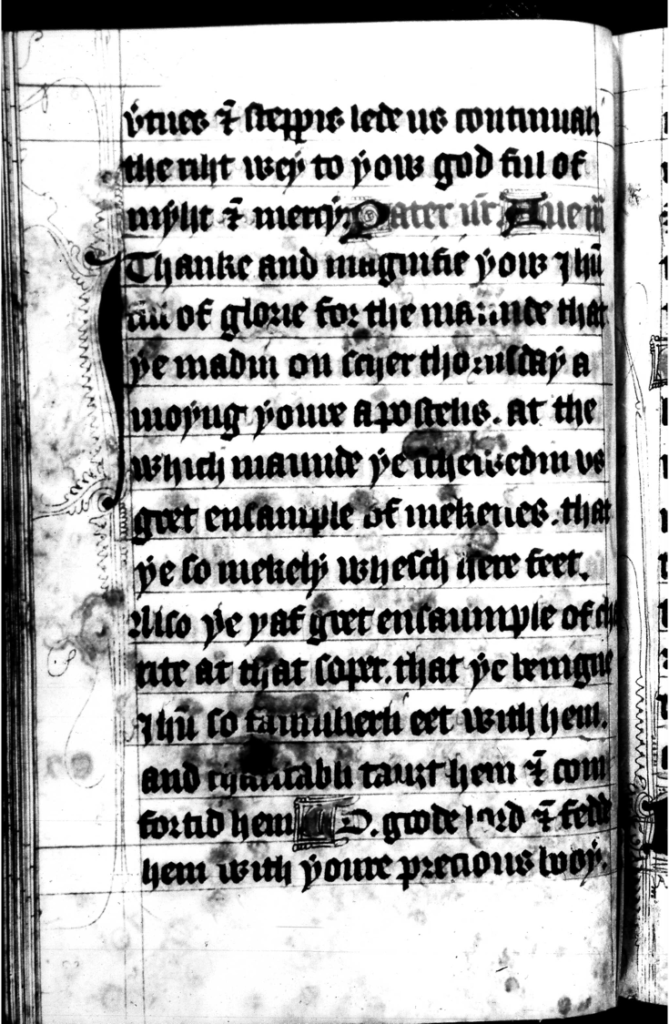
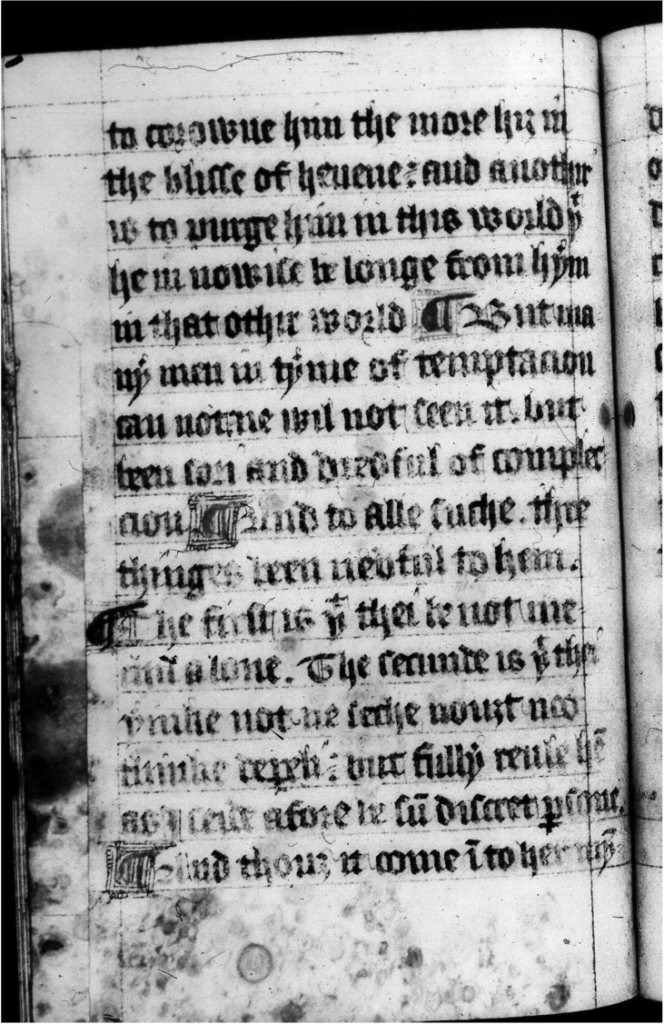
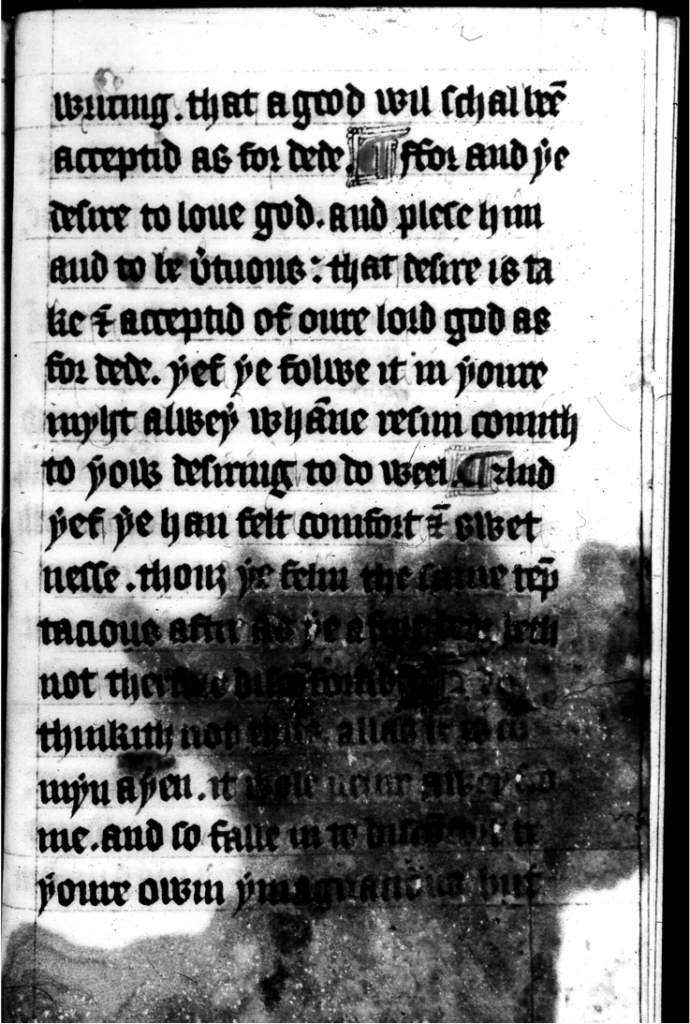
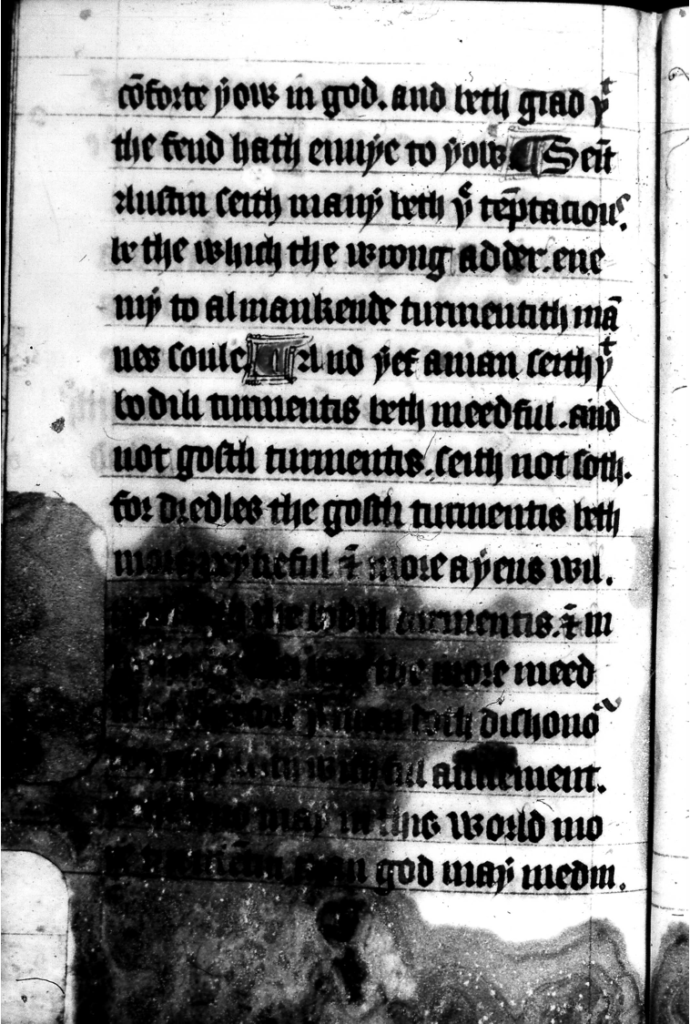
Pages from Bodleian Library MS. Lat. liturg. e. 17. Original text from the manuscript, written in the early 15th century, on the top, additions which were added later in the century – and in which the name “Iohanna” appears – on the bottom. (You can see a few letters from the earlier text on the edge of the photo of the later text, from the facing page.)
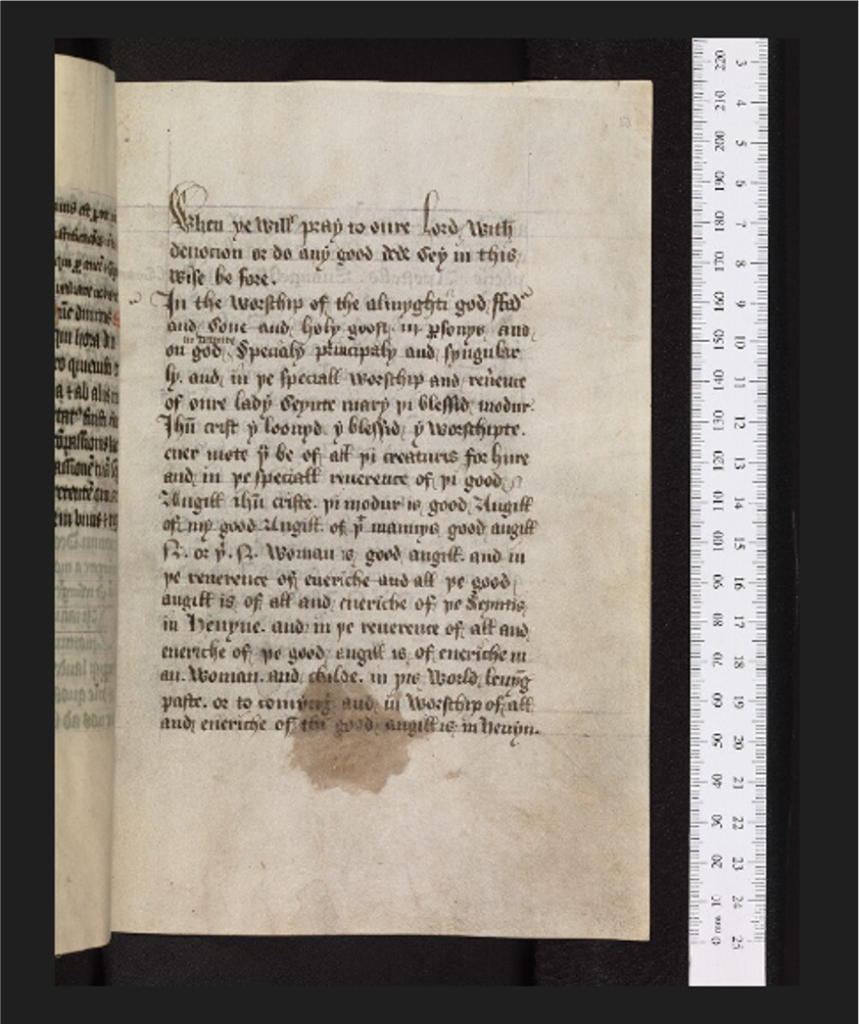
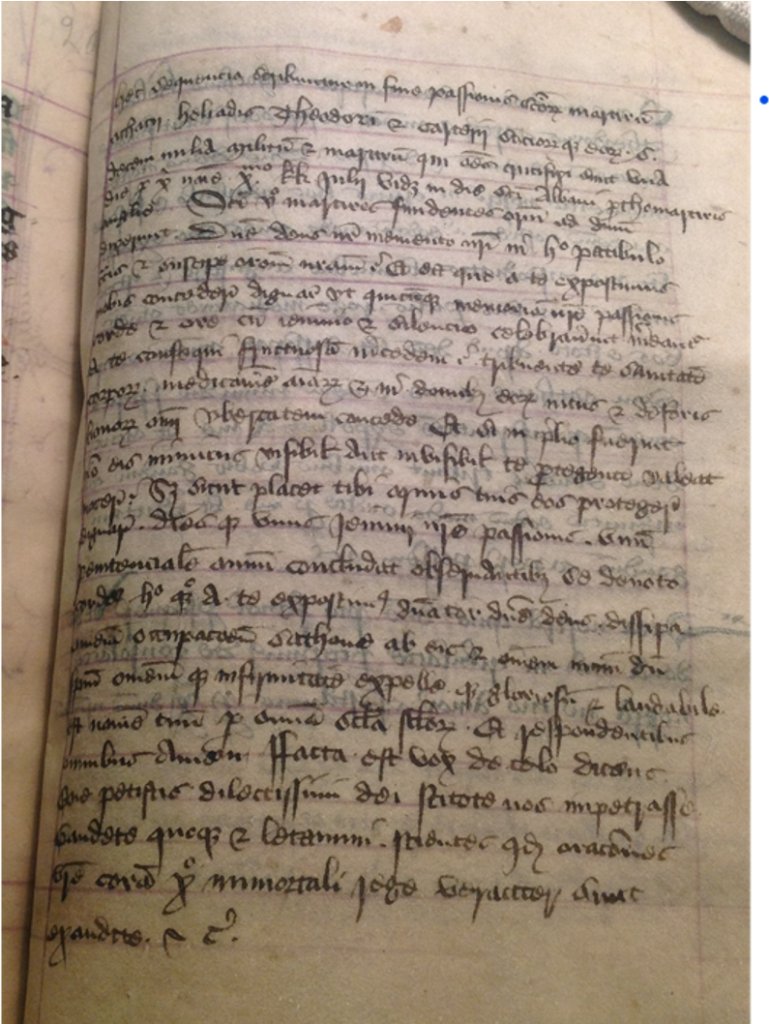
A note in Manuscript 24 at Holkham Hall stating that this book was loaned to an anchoress at Polesworth Abbey at the request of Dame Jane Knyghtley.
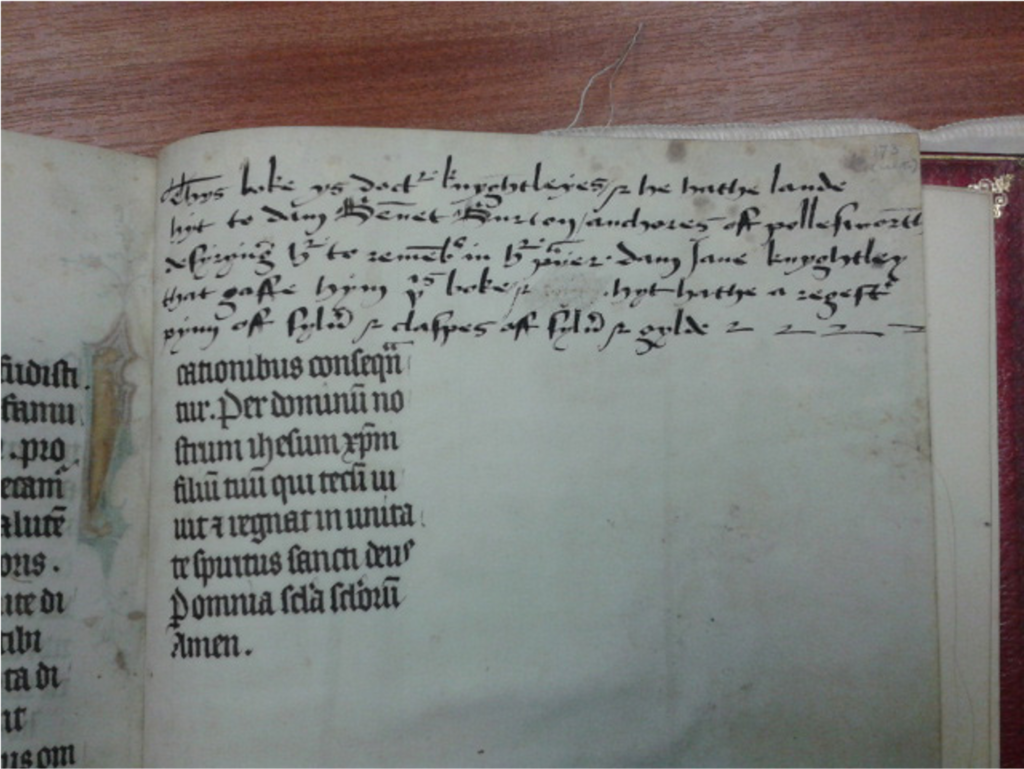
Leaf with the mentions of Catholic leaders blotted out with ink, done after Henry VIII, followed by an attempt to uncover the text (using Photoshop)
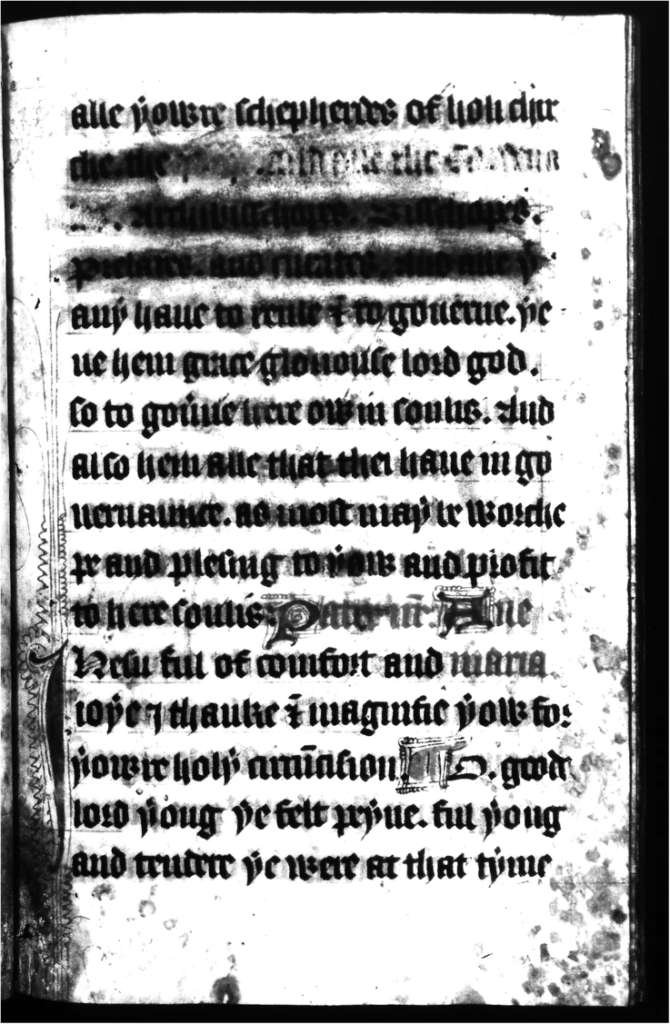
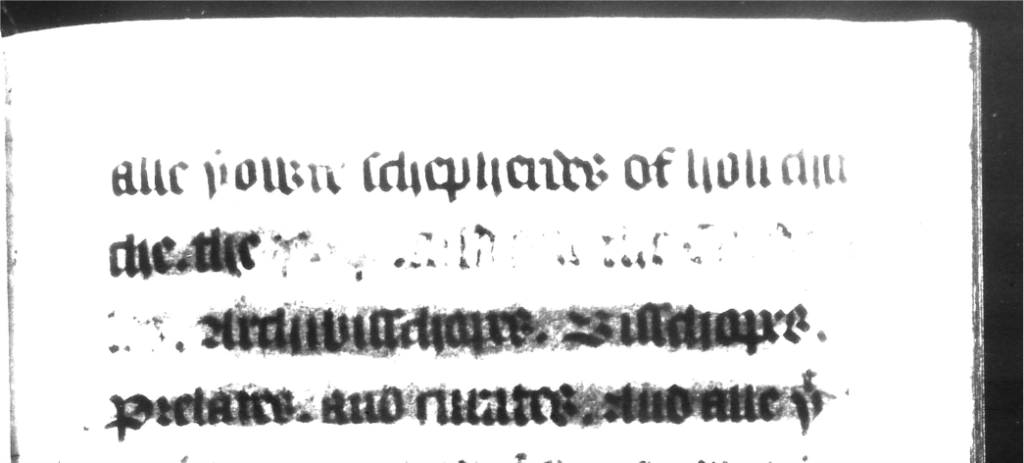
Front flyleaf includes Thomas William Coke’s bookplate and the handwritten shelfmark for the Bodleian Library.
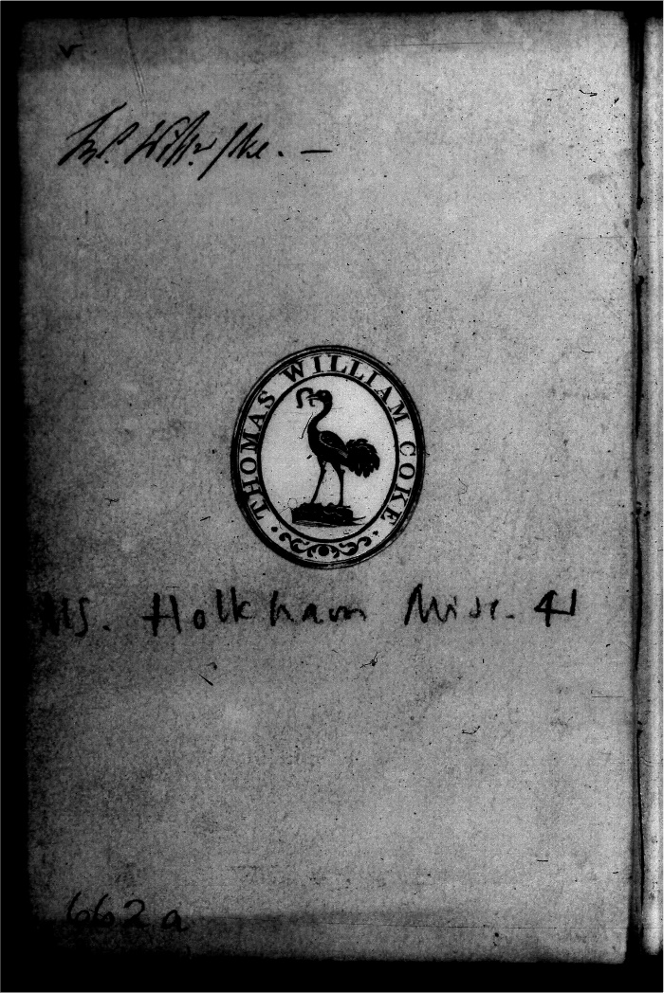
The tomb of the Knyghtleys (including Dame Jane, or perhaps her mother)
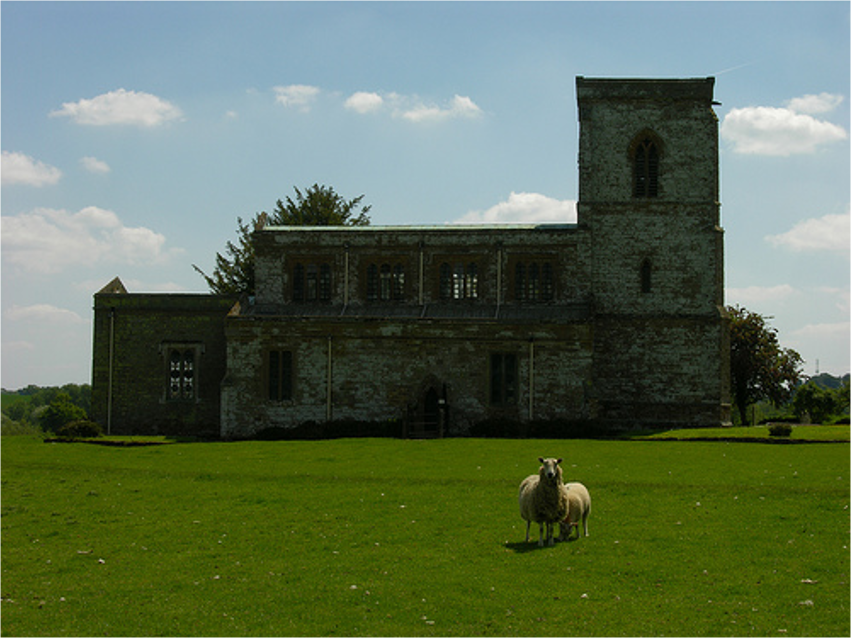
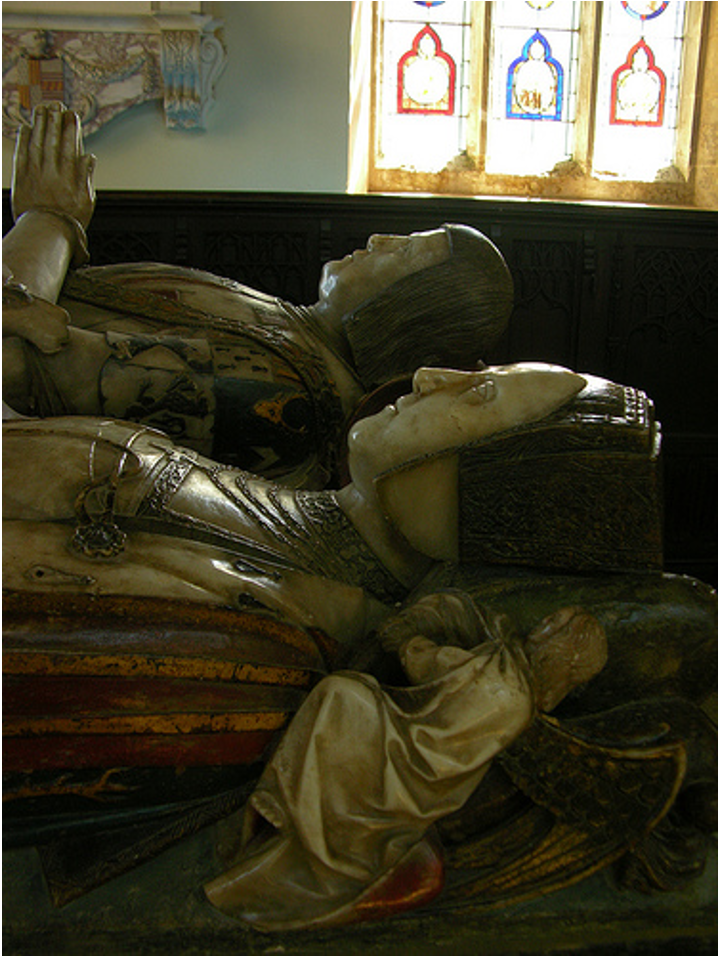
De Brailes Hours, the earliest surviving book of hours from England.
